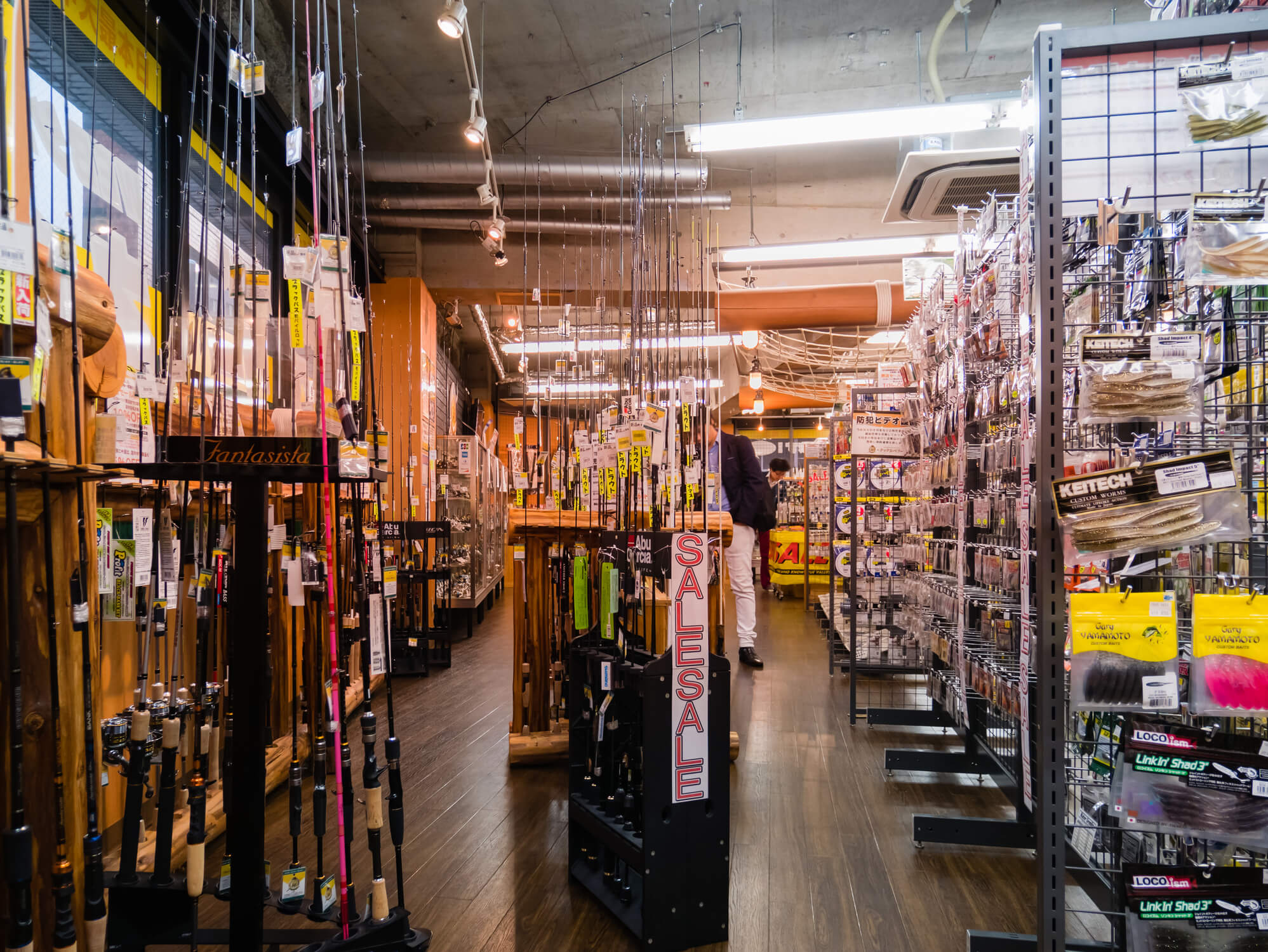
What is Visual Merchandising?
Creating engaging and visually appealing displays is essential in retail marketing. This is where visual merchandising comes in, as it aims to capture customers’ attention and entice them to explore products or services further. A well-executed visual merchandising strategy creatively showcases the brand’s identity and enhances the overall shopping experience for the customers. Careful consideration of product placement, lighting, color, texture, and signage is crucial to creating a cohesive, inviting atmosphere that aligns with the brand’s vision and values.
These components include:
Window displays
Your window display is the first thing that customers see when they approach your store. An eye-catching, well-designed window display can attract customers and draw them into your store. A good window display should reflect your brand’s personality, be visually appealing, and be updated regularly to keep customers engaged.
Store layout
A well-designed store layout is essential to creating a positive customer shopping experience. Your store should be easy to navigate, with products organized logically. Customers should be able to find what they are looking for quickly and easily. The store layout should also encourage customers to explore and discover new products.

Lighting
Lighting is a crucial component of visual merchandising. It can set the mood, highlight specific products, and enhance the shopping experience. Proper lighting can draw attention to products and create a welcoming atmosphere.
Product placement
How you place your products can have a significant impact on sales. Products should be placed in a visually appealing way and easy to access. Different techniques like color blocking, pyramid displays, and focal points can create interest and draw attention to specific products.
Signage
Signage is an essential part of visual merchandising. It should be straightforward, easy to read, and reflect your brand’s personality. Signage can be used to highlight promotions, direct customers to specific products, and create a cohesive shopping experience.
Branding
Your brand is what sets you apart from your competitors. It is essential to incorporate your branding into your visual merchandising strategy. This can be done through your window display, signage, product packaging, and store layout. Consistent branding helps to create a cohesive and memorable shopping experience for your customers.
Seasonal displays
Seasonal displays are an excellent way to create excitement and draw attention to your store. They can highlight specific products and promotions and create a festive atmosphere. Seasonal displays should be changed regularly to keep customers interested and engaged.

Summary
Visual merchandising is a game changer that can catapult your sales, elevate customer experience, and bolster your brand. You can craft a distinctive and lasting shopping experience for your patrons by weaving the various visual merchandising elements into your overall strategy. You must harness the potential of visual merchandising to reach your business objectives and deliver an enjoyable and memorable shopping experience to your customers. Let’s unlock the full potential of visual merchandising to elevate your brand and delight your customers!
 About Complete Controller® – America’s Bookkeeping Experts Complete Controller is the Nation’s Leader in virtual bookkeeping, providing service to businesses and households alike. Utilizing Complete Controller’s technology, clients gain access to a cloud platform where their QuickBooks™️ file, critical financial documents, and back-office tools are hosted in an efficient SSO environment. Complete Controller’s team of certified US-based accounting professionals provide bookkeeping, record storage, performance reporting, and controller services including training, cash-flow management, budgeting and forecasting, process and controls advisement, and bill-pay. With flat-rate service plans, Complete Controller is the most cost-effective expert accounting solution for business, family-office, trusts, and households of any size or complexity.
About Complete Controller® – America’s Bookkeeping Experts Complete Controller is the Nation’s Leader in virtual bookkeeping, providing service to businesses and households alike. Utilizing Complete Controller’s technology, clients gain access to a cloud platform where their QuickBooks™️ file, critical financial documents, and back-office tools are hosted in an efficient SSO environment. Complete Controller’s team of certified US-based accounting professionals provide bookkeeping, record storage, performance reporting, and controller services including training, cash-flow management, budgeting and forecasting, process and controls advisement, and bill-pay. With flat-rate service plans, Complete Controller is the most cost-effective expert accounting solution for business, family-office, trusts, and households of any size or complexity.




